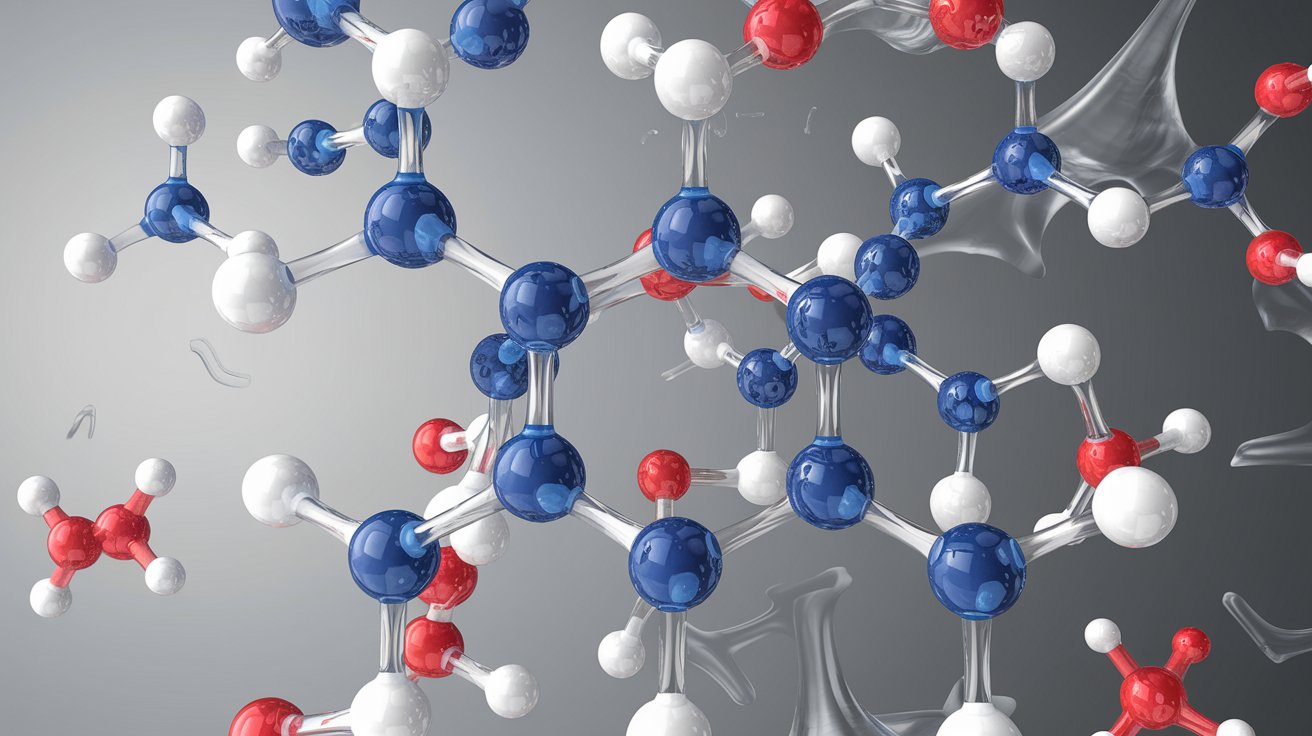
Cycloartenol might sound like a complex term, but it's a fascinating compound with a big role in the plant world. Found mainly in plants, this triterpenoid alcohol is a crucial building block for many steroids. Ever wondered how plants manage to produce such a variety of chemicals? Cycloartenol is a key player in that process. From its role in plant growth to its potential health benefits for humans, this compound is more than just a scientific curiosity. Ready to dive into some intriguing facts about cycloartenol? Let's explore how this tiny molecule makes a huge impact!
Key Takeaways:
- Cycloartenol is a fascinating compound found in plants, playing a crucial role in cell membrane structure and function. It's also being studied for potential health benefits like anti-inflammatory and antioxidant properties.
- Research on cycloartenol continues to uncover its role in plant biology, potential uses in sustainable agriculture, and even as a natural pesticide. Its unique structure makes it a subject of interest in organic chemistry.
What is Cycloartenol?
Cycloartenol is a fascinating compound found in plants. It plays a crucial role in the biosynthesis of sterols, which are essential for cell membrane structure and function. Here are some intriguing facts about cycloartenol:
-
Cycloartenol is a triterpenoid, a type of chemical compound made up of six isoprene units.
-
It serves as a precursor to sterols in plants, fungi, and some protists.
-
This compound was first isolated from the plant Cycloartenolum in 1956.
-
Cycloartenol is synthesized from squalene, a natural organic compound.
-
It is a key intermediate in the biosynthesis of phytosterols, which are plant sterols similar to cholesterol in animals.
Chemical Structure and Properties
Understanding the chemical structure and properties of cycloartenol can help us appreciate its role in nature. Here are some facts about its structure and properties:
-
Cycloartenol has a molecular formula of C30H50O.
-
The compound features a cyclopropane ring, which is rare in natural products.
-
It has a melting point of 140-142°C.
-
Cycloartenol is soluble in organic solvents like chloroform and ethanol.
-
The compound is relatively stable under normal conditions but can degrade when exposed to strong acids or bases.
Biological Functions
Cycloartenol is not just a chemical curiosity; it has important biological functions. Here are some facts about its roles in living organisms:
-
Cycloartenol is involved in the synthesis of brassinosteroids, plant hormones that regulate growth and development.
-
It helps in the formation of cell membranes by contributing to the production of sterols.
-
The compound plays a role in protecting plants from environmental stress.
-
Cycloartenol is essential for the proper functioning of plant cell membranes, ensuring fluidity and permeability.
-
It also contributes to the structural integrity of plant cells.
Health Benefits and Uses
Cycloartenol has potential health benefits and uses that extend beyond its role in plants. Here are some interesting facts:
-
Cycloartenol has been studied for its potential anti-inflammatory properties.
-
Research suggests it may have antioxidant effects, helping to neutralize harmful free radicals.
-
The compound is being investigated for its potential role in cancer prevention.
-
Cycloartenol may support cardiovascular health by influencing cholesterol metabolism.
-
It is also being explored for its potential to enhance immune function.
Research and Discoveries
Scientific research continues to uncover new aspects of cycloartenol. Here are some recent discoveries and ongoing studies:
-
Scientists are studying the biosynthetic pathways of cycloartenol to better understand its role in plant biology.
-
Advances in biotechnology are enabling the production of cycloartenol in microbial systems.
-
Researchers are exploring the potential of cycloartenol as a natural pesticide.
-
Studies are investigating the compound's role in plant resistance to pathogens.
-
Cycloartenol is being examined for its potential use in sustainable agriculture practices.
Interesting Tidbits
Beyond its scientific significance, cycloartenol has some fun and quirky facts. Here are a few:
-
Cycloartenol's name is derived from the plant Cycloartenolum, where it was first discovered.
-
The compound's unique cyclopropane ring structure makes it a subject of interest in organic chemistry.
-
Cycloartenol is found in a variety of plants, including rice, wheat, and soybeans.
-
It is also present in some medicinal plants, contributing to their therapeutic properties.
-
Cycloartenol's role in sterol biosynthesis makes it a key player in the evolution of complex life forms.
The Bottom Line on Cycloartenol
Cycloartenol, a fascinating compound found in plants, plays a crucial role in the biosynthesis of steroids. This triterpenoid alcohol is a precursor to many important molecules in plants, contributing to their growth and development. Its presence in various medicinal plants highlights its potential benefits for human health, including anti-inflammatory and anti-cancer properties. Understanding cycloartenol's functions and benefits can lead to advancements in medicine and agriculture. As research continues, we may uncover even more uses for this versatile compound. Whether you're a science enthusiast or just curious about plant biology, cycloartenol offers a glimpse into the complex world of plant chemistry. Keep an eye on future studies, as they may reveal new insights into how this compound can improve our lives.
Frequently Asked Questions
Was this page helpful?
Our commitment to delivering trustworthy and engaging content is at the heart of what we do. Each fact on our site is contributed by real users like you, bringing a wealth of diverse insights and information. To ensure the highest standards of accuracy and reliability, our dedicated editors meticulously review each submission. This process guarantees that the facts we share are not only fascinating but also credible. Trust in our commitment to quality and authenticity as you explore and learn with us.
